
by Gideon Marcus
Hello, Louie!
Enough talk about Cambodia, Israel, and the Race Problem. How about some happy news for a change?
Satchmo, sometimes known as Louis Armstrong, had a birthday this last Independence Day. The famed trumpter and gravel-throated crooner, known for his ear-splitting smile and breaking racial barriers, has just finished his seventh decade.
"It's awful nice to be breathing on your 70th birthday, let alone feeling in the pink," he observed.
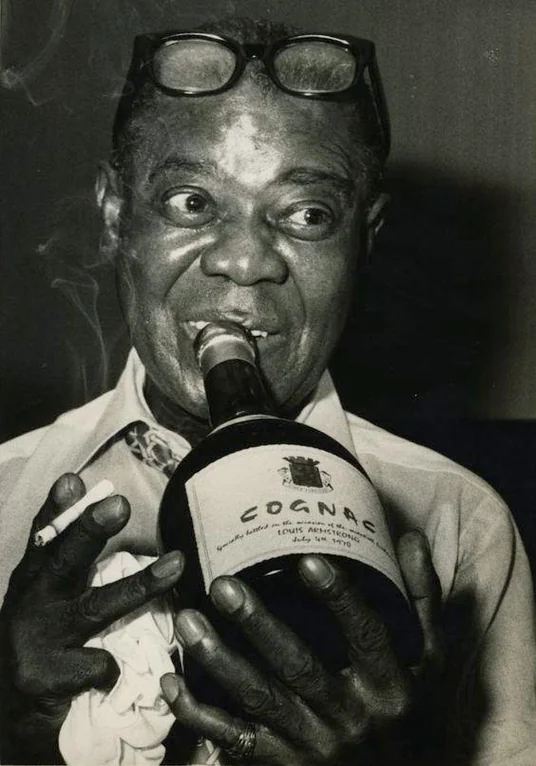
A big tribute was held in Los Angeles' Shrine Auditorium for Armstrong on July 3rd, perhaps the most influential jazz musician since the genre was born. While he did not puff his cheeks to blow his horn (he is still recovering from a kidney infection), he did sing for his audience, joined by a number of fellow jazz greats. Proceeds from the event will go to the Louis Armstrong Statue Fund.
So, happy birthday to New Orleans' favorite son. What a wonderful world.
Hello, Jimmy!
As Galaxy approaches its 20th birthday, I see it has reverted to the format the magazine took back in 1958: it is once again an overlarge bi-monthly (like sister mag IF, which means we essentially get three mags every two months). On the one hand, this makes room for bigger pieces, like the superlative story that headlines this month's issue. On the other hand, it means more room for dross like Heinlein's new serial that taillines the book.
Read on. You'll be grateful I did the screening for you…
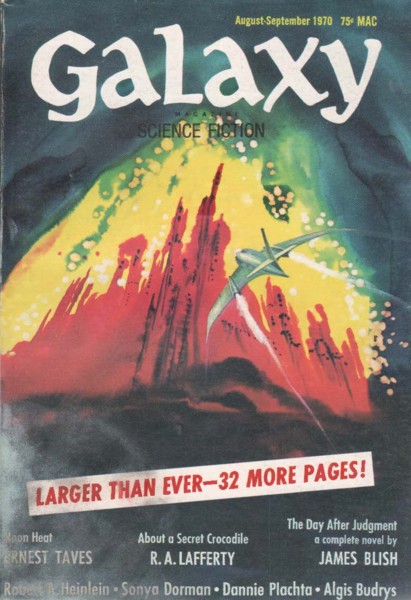
Cover by Jack Gaughan
Continue reading [July 6, 1970] The Day After Judgment (August/September 1970 Galaxy)

![[July 6, 1970] The Day After Judgment (August/September 1970 <i>Galaxy</i>)](https://galacticjourney.org/wp-content/uploads/2025/07/700708galaxycover-411x372.jpg)
![[July 4, 1970] Coming Attractions (<em>The Science Fiction Hall of Fame, Volume One</em>, Part Two)](https://galacticjourney.org/wp-content/uploads/2025/06/Astounding_v33n05_1944-07_AK_0000-440x372.jpg)

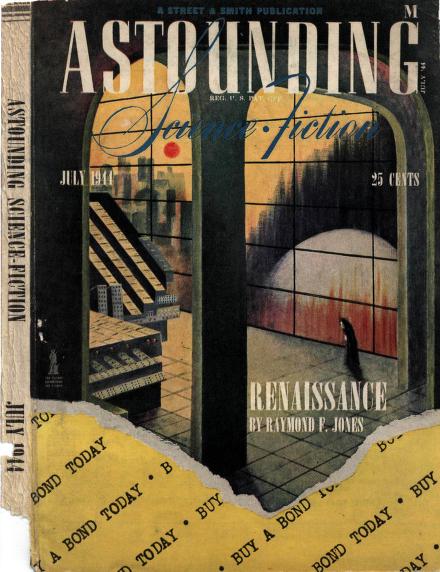
![[July 2, 1970] Matters of conscience (August 1970 <i>Venture</i>)](https://galacticjourney.org/wp-content/uploads/2025/06/Venture-1970-08-Cover-486x372.jpg)

 Some of the occupiers a few days after arriving on Alcatraz.
Some of the occupiers a few days after arriving on Alcatraz.![[June 30, 1970] Star light… per stratagem (July 1970 <i>Analog</i>)](https://galacticjourney.org/wp-content/uploads/2025/06/700630analogcover-353x372.jpg)



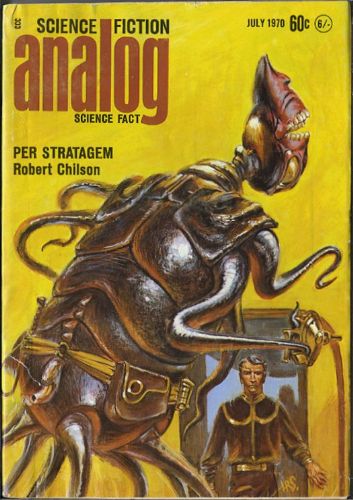
![[June 28, 1970] Welcome to Blood Island (Four Filipino Fright Films)](https://galacticjourney.org/wp-content/uploads/2025/06/700628movies-672x372.jpg)


![[June 27, 1970] Deeper than Amber, more mindless than a Worm… (June Galactoscope: The Third)](https://galacticjourney.org/wp-content/uploads/2025/06/700627covers-672x372.jpg)

![[June 26, 1970] Hard Hats & Flower Power Collide](https://galacticjourney.org/wp-content/uploads/2025/06/Screenshot-2025-06-18-230824-672x372.png)




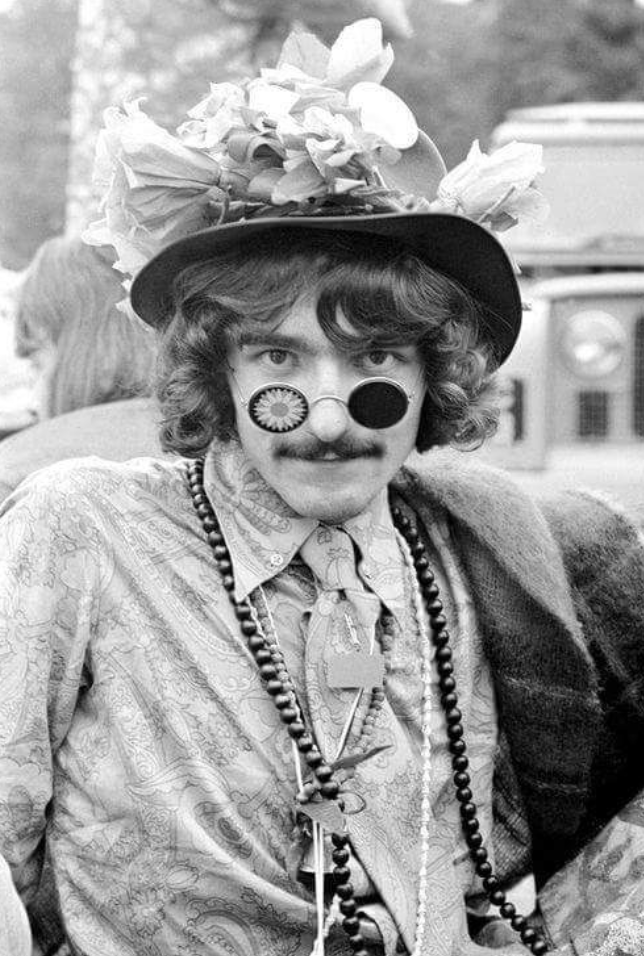
![[June 24, 1970] In love with "Ishmael in Love" (July <i>Fantasy and Science Fiction</i>)](https://galacticjourney.org/wp-content/uploads/2025/06/700624fsfcover-409x372.jpg)

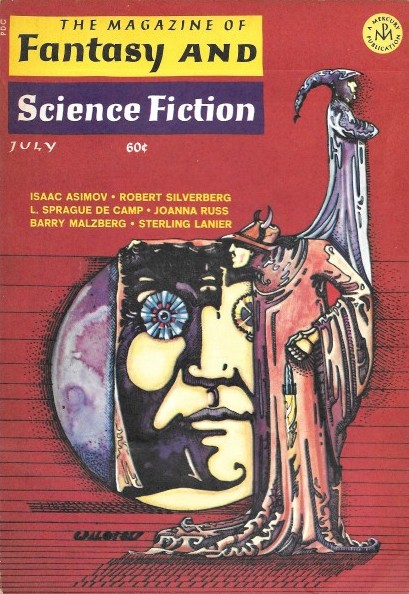
![[June 22, 1970] We’ll All Go Together When We Go (<i>Doctor Who</i>: Inferno [Parts 5-7])](https://galacticjourney.org/wp-content/uploads/2025/06/700622doom-672x372.jpg)


![[June 20, 1970] Gemini Too (the two-week flight of <i>Soyuz 9</i>)](https://galacticjourney.org/wp-content/uploads/2025/06/700620launch-443x372.jpg)
